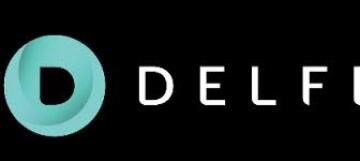De-risk CCS operations with detailed subsurface characterization
As governments, agencies and industries across the world increase their focus on sustainability and mitigating the risks of climate change, carbon capture and sequestration (CCS) is becoming more important than ever before. As one of the few proven technologies to significantly lower net emissions from some of the most carbon-intensive industries, CCS will play a vital role in meeting global environment, social, and governance (ESG) targets for decades to come.
While CCS is somewhat analogous to traditional oil and gas operations, the unique nature of CCS presents many unique challenges—project economics, efficiency, safety, monitoring, ESG factors, and more. CCS demands accurate, highly detailed subsurface characterization to ensure safe, secure, and permanent CO2 storage underground. This requires many different types of data, input from multiple domains, and iterative updates as new data is acquired and the carbon plume expands.
Improve CCS decision making with dynamic simulations
The cloud-enabled DELFI* cognitive E&P environment enables users to characterize the subsurface, forecast carbon plume, and select sites for CCS—regardless of data availability. Whether you’re working with 3D seismic and bountiful well logs or you’re working with minimal data, such as open-source topographic maps, the DELFI environment allows you to reduce uncertainty by building many different models from a large playbook of stochastic and deterministic algorithms.
- Scenario 1: Static modeling and map-based volumetric calculation
Even with sparse data, such as topographic maps and spontaneous potential (SP) logs, you can upscale your logs to populate a static geocellular model that best represents the subsurface area of interest. From there, you can estimate storage capacity and make comparisons between different prospects.
- Scenario 2: Play chance mapping with limited data
In the DELFI environment, users can identify potential risks and run chance-of-success mapping to identify the right injection sites. These evaluation tools allow you to visualize the distance from faults and wells, as well as test different input parameters to increase the chance of success.
- Scenario 3: Dynamic modeling and forecasting results over time
Once you’ve produced a static geocellular model and used play chance mapping to better understand your injection strategy, you can run a dynamic simulation to forecast plume behavior and migration throughout your project’s lifespan. Ongoing measuring and monitoring confirms performance for long-term integrity and regulatory assurance.
Learn how to better characterize the subsurface for CCS using your existing data. Watch how to run three different scenarios so you can estimate storage capacity, optimize your injection strategy, and ensure long-term carbon containment.
View this step-by-step video >>


